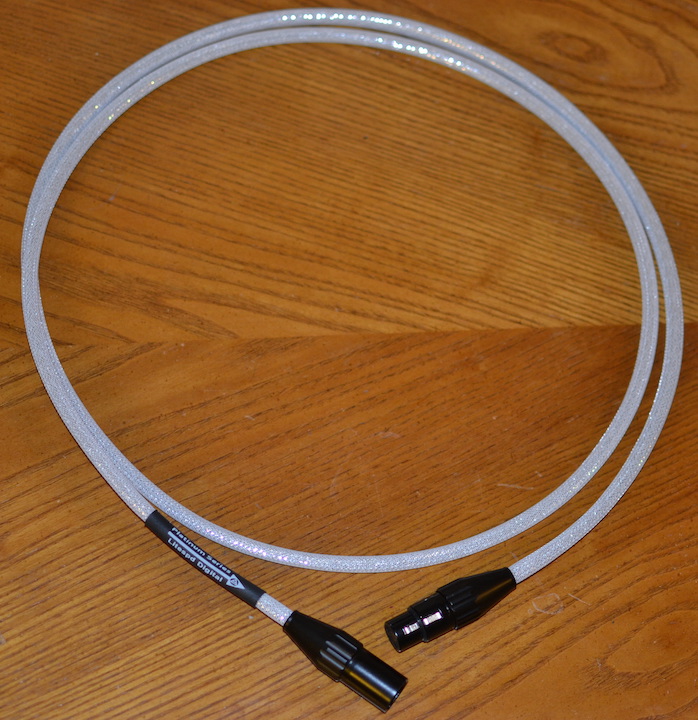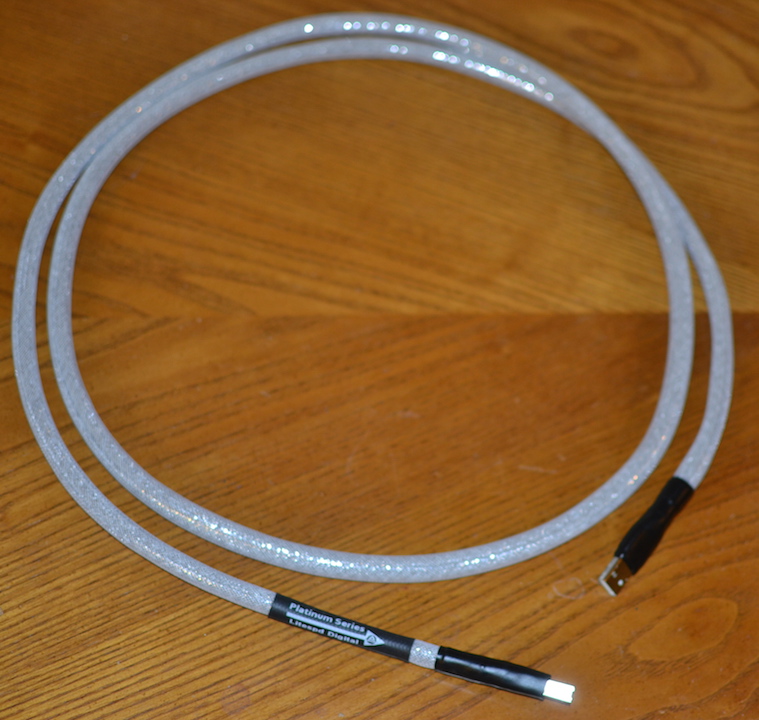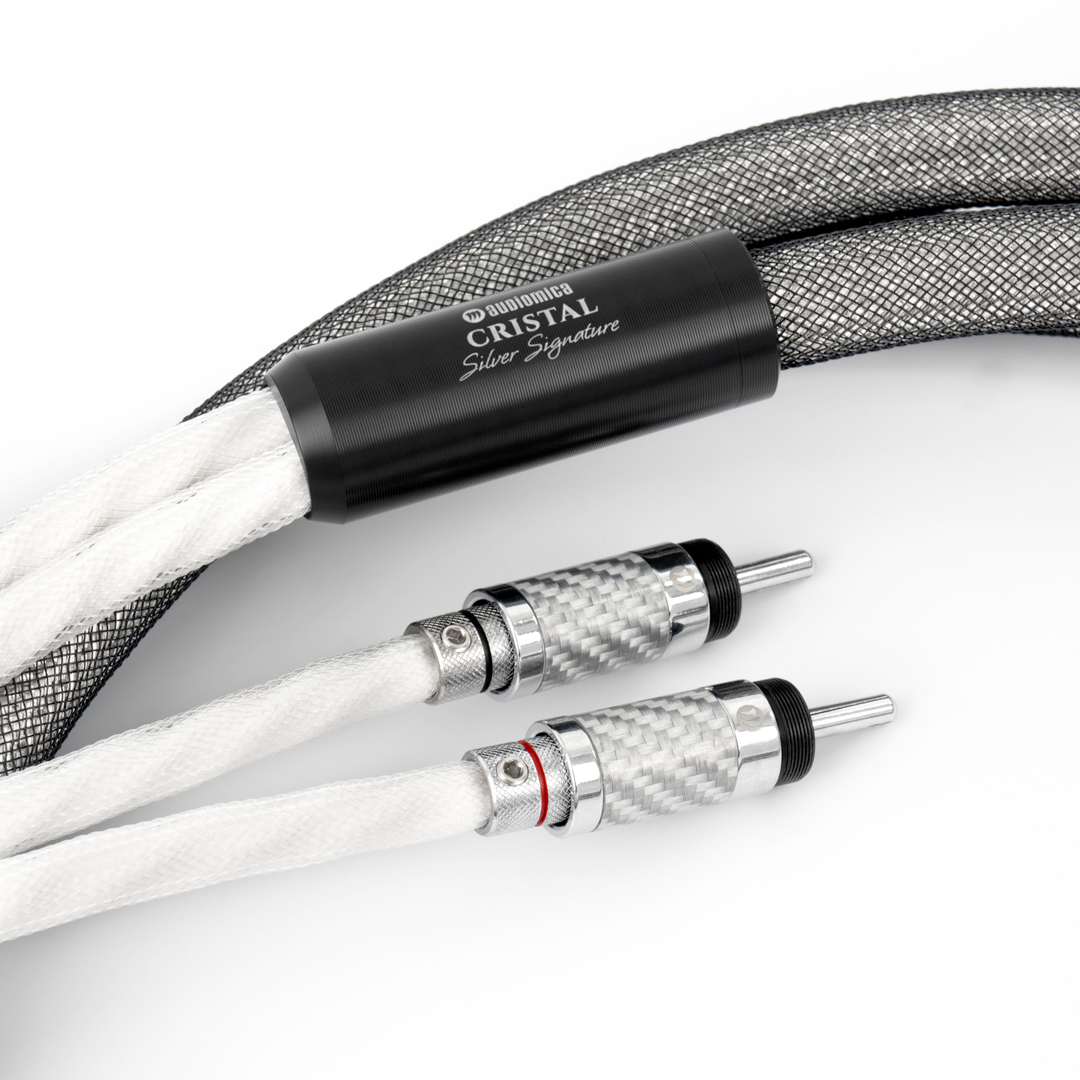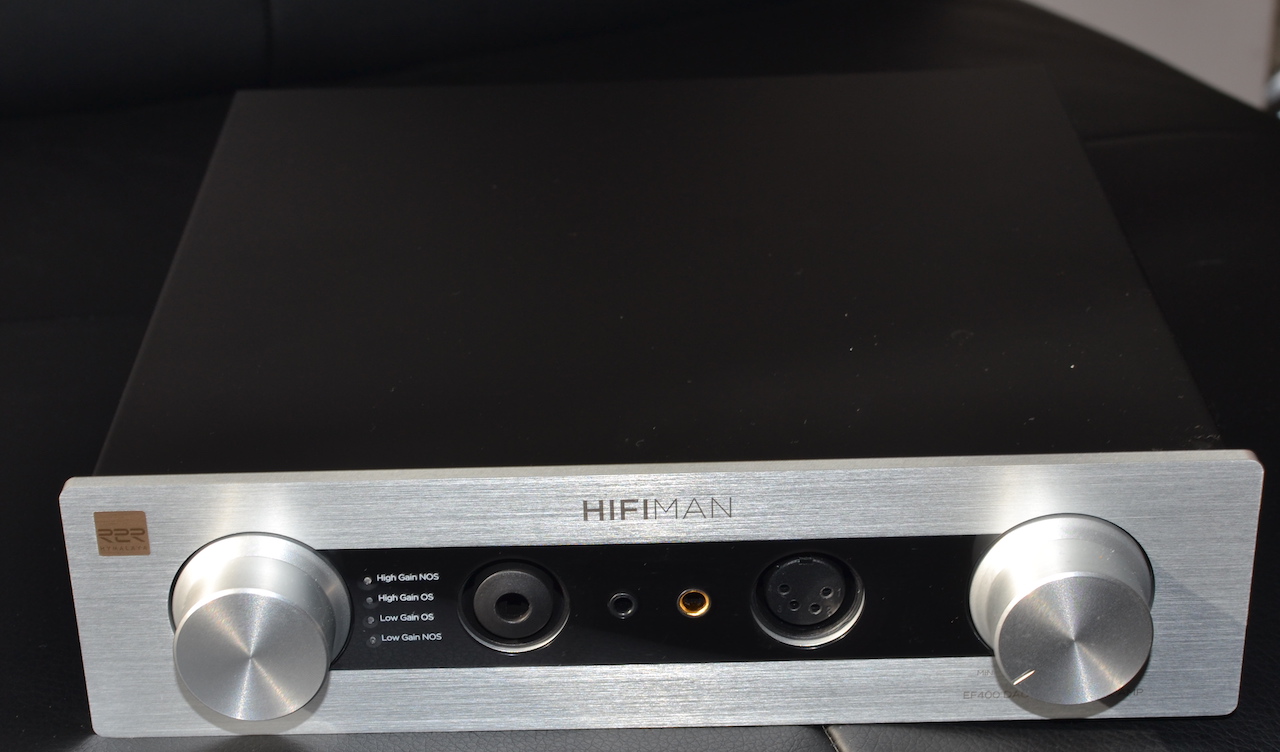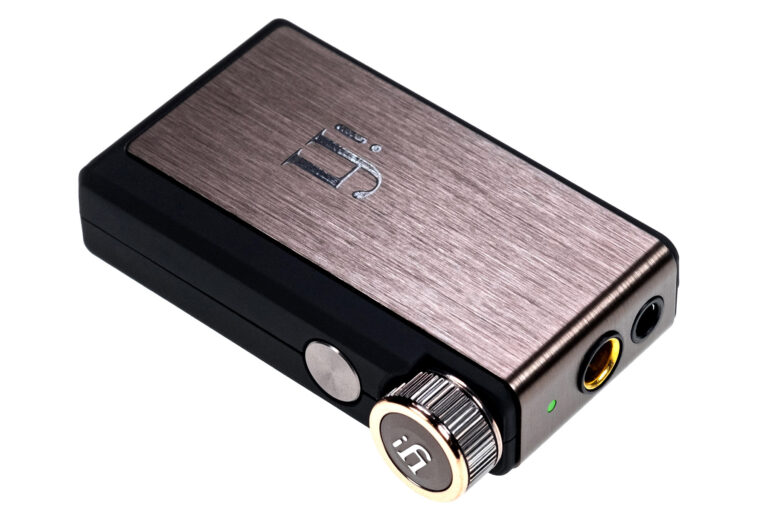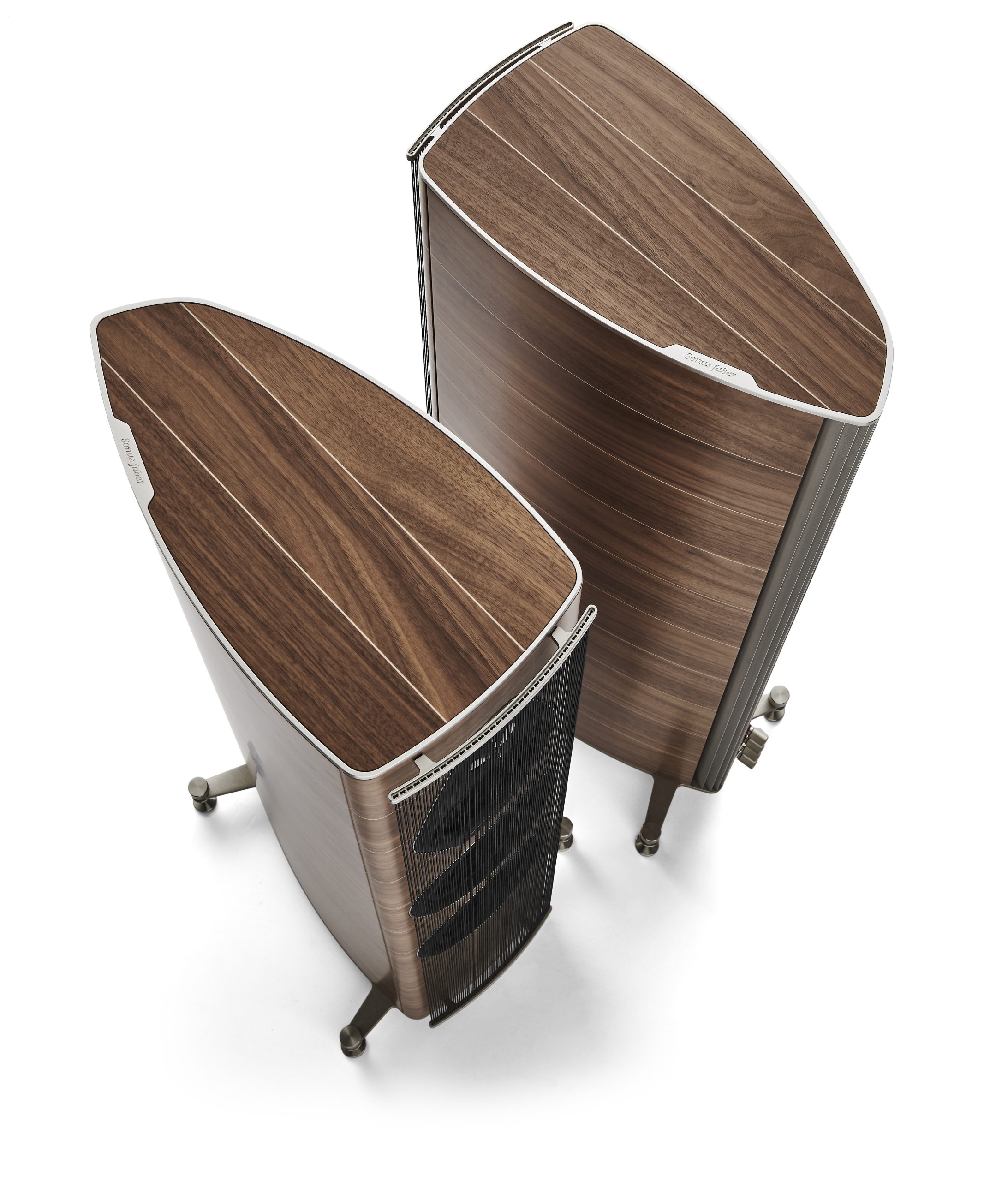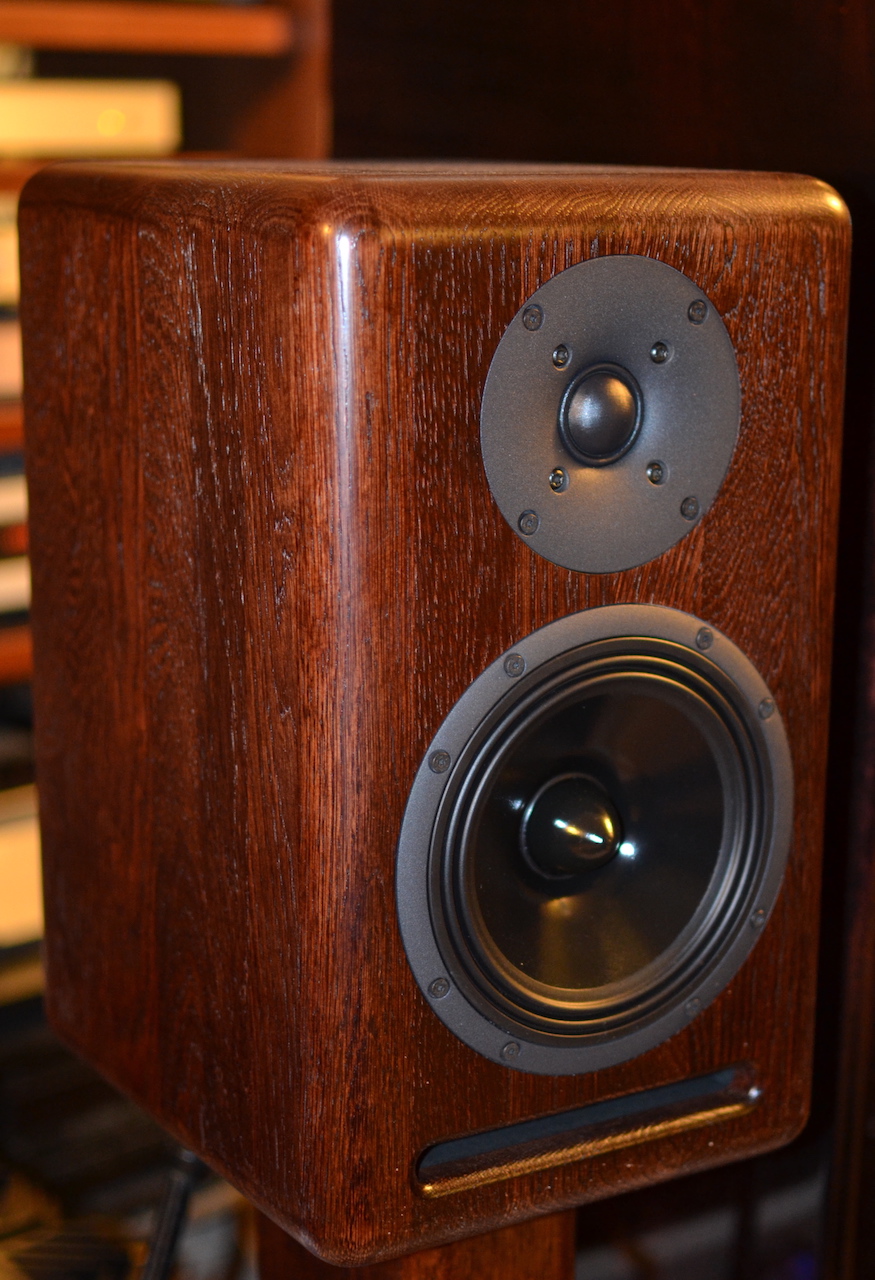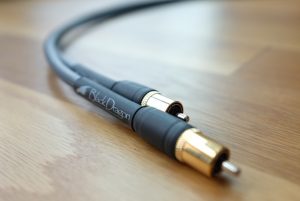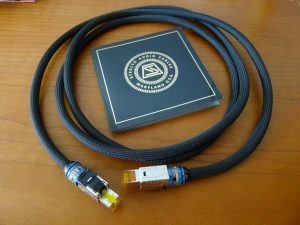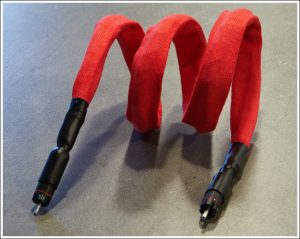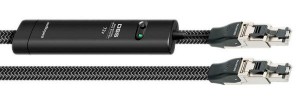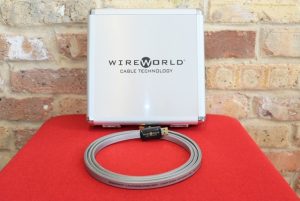If there is one credo that Alex Sventitsky the founder of WyWires Technology goes by, it is that the accurate reproduction of music is a very complex process and so "One size does not fit all!" This dogged determination in pursuing this dogma has helped WyWires differentiate itself from most of the competition and has enabled this company to design products that hardly ever disappoint; both in terms of performance and aesthetics.
Each WyWires cable is designed from scratch for very specific applications. The process involves obtaining a very detailed understanding of what the particular application needs to deliver optimum performance. Every parameter is critically examined, evaluated, and questioned in depth before adopting the eventual modus operandi utilized in manufacturing the cable. It is this very meticulous attention to detail that, according to Alex, results in cables that deliver both impressive measurements and excellent real world performance.
Alex is very cognisant of the fact that all source components—be they turntables, CD players, preamplifiers, amplifiers or phono stages—have different nominal outputs that can range from just 0.2 millivolts to over 2 volts; which is 10,000 times greater in terms of strength. It is therefore only logical to conclude that the cable that optimally carries a 0.2-millivolt signal will be fundamentally different from one that optimally carries a 2-volt signal.
It is this thinking that determines the numbers of individually insulated strands of ultra pure copper that are combined and braided following a proprietary formula that carefully considers voltage output as a primary variable. Every WyWire cable therefore, has exactly the right number of strands of a specific gauge for the signal and the return conductor based on the application. This wire is then cloaked mainly with organic cotton encased in a large Teflon tube. This results in a dielectric that consists of mostly air; which is second only to a vacuum in terms of an ideal dielectric constant. This culminates in a cable that possesses one of the lowest inductance and capacitance measurements in the industry, which according to Alex, is the key to enabling a cable to deliver inner detail and superior sound staging. As for capacitance, Alex believes that it presents much less of an impediment to cable performance than what conventional wisdom dictates. Having said that, Alex claims that his cables have the lowest capacitance of any cable that he has measured!
As an example, Alex describes the cables he designs to connect a preamplifier to an amplifier. In this case, the cable has a capacitance of only 5.9 Pico Farads per foot, measured at 10kHz. Also, because only small gauge conductors are employed, the skin effect phenomenon is almost non-existent. Alex also believes that adding insulation to give the cable an aesthetically impressive girth only serves to degrade the performance, which accounts for the fact that WyWires Cables have relatively modest girth compared to many other high performance audio cables. The intensive care and attention to detail means that each WyWires Cable takes at least four man-hours to assemble.
Another aspect of analog cable design where Alex is at odds with conventional wisdom is on the matter of radio frequency interference (RFI) and electromagnetic interference (EMI). He is a staunch believer that RFI and EMI rarely degrade the performance of analog cables in a typical audio or video system set-up. His take on it is that applying all that shielding to protect the conductor in analog line-level cable from RFI and EMI adds more problems than it solves, in that, the additional layers of conductive shielding only serve to absorb some of the energy passing through the conductor and then release it back into the conductor a few microseconds later which results in signal smear. It therefore hurts more than it helps and so in Alex's opinion, it is best avoided. This is why WyWires line level analog cables have no EMI or RFI shield of any kind. Instead, they employ a unique geometry that virtually eliminates any tendency for the cables to act as antennae which picks up noise from other audio components in the system. Alex credits this aspect of WyWires line level analog cables for their eerily silent background that is detected between the notes of the music.
On the flip side, when it comes to phono and digital cables, Alex is all for RFI and EMI shielding. Both the digital cables reviewed here have heavy braided tinned copper and Mylar shielding with two layers of shielding for the AES/EBU cable and three layers for the USB cable. The data conductors consist of a twisted pair of positive and negative Litz wire wrapped in two layers of unbleached cotton. The primary dielectric is PTFE with an air space between the cotton wrapped data conductors and the PTFE tube. He also applies shielding to the outside of the PTFE tubing as well. Alex uses Furutech connectors which are gold plated with a phosphor bronze housing.
Alex is also not a big fan of exotic metallurgy like silver conductors, esoteric alloys, and long crystal copper conductors. His rationale is that 99.999% pure silver is only slightly better than copper as an electric conductor. But because it is soft and fragile to be used on its own, it tends to deteriorate over time. It therefore needs to be combined with other metals such as palladium, argentum, platinum, or copper to give it the stability and ability to withstand the physical stresses that audio cables are usually subjected to. According to Alex, pure silver cables will not last if they are frequently moved around. In contrast, the copper that is used in WyWires is designed to last a lifetime!
As for other exotic alloys and amalgams such as copper/aluminium, silver/gold, graphite, and such, Alex feels that they are more appropriate in non-cable applications like microwave transmission, transformer windings, and dental implants… but in an audio cable, they only degrade the electrical performance resulting in a less than optimal performance. The performance superiority of cables using long crystal copper and silver like the type produced using the Ohno Continuous Cast (OCC) method is, according to Alex, more of a marketing strategy rather than a scientific truism because it applies more to solid core conductors carrying radio frequencies over long distances. He also suspects that the crystals may not maintain their original structure over time, especially if the cables are manhandled very frequently.
Having gone against conventional wisdom for so many aspects of cable design got me interested in checking out the veracity of the various claims that Alex has made and how they impacted the performance of his own cables. So when he contacted me with the offer to review his new Platinum Series digital cables… that was an offer I could not refuse. Alex promptly sent me two meters of his USB and AES/EBU cables.
The aesthetics of the cables are rich and elegant in a sparkling white/silver finish. The flexibility of the cables are extremely good and can be twisted and turned around even the tightest corners behind audio components. I auditioned the USB and the AES/EBU digital cables separately. For the USB cable review, I installed it between my iMac and my Calyx Femto DAC. The AES/EBU cable went between my Bryston BDP-1 and the Calyx Femto DAC. Both these cables had similar performance characteristics and so I have taken the liberty of describing their performance as one.
The first characteristic that jumped out right from the get-go is how quiet these digital cables sound. Their significantly lower noise floor made a big difference to the softer passages of the music that I listen to on a normal basis. Nuances and subtleties emerge that had hitherto been drowned out by the higher noise floor. On the track "Viola fora de la moda" By Ana Caram on the Chesky Records Jazz Sampler and Audiophile Test Compact Disc, the very intricate weaving of the various percussion instruments are revealed in greater detail and with a more delicate touch.
On rock classic albums like Steely Dan's Aja and Dire Straits Brothers in Arms, the sound is more open and engaging with a forward momentum possessing an infectious pace and timing…all that gets you head bobbing in time with the music. The dynamic contrast is also very well defined. The overall presentation leans more to the analytical rather than to the warm side of things, which, for those that prefer an electron microscope view of the music, would be just what they are looking for in audio.
On both male and female vocals, the voice is thrust forward, making them more prominent and dominant. These are definitely not the digital cables for those looking for a more polite, laid back, and relaxed presentation. With percussion instruments, the leading edges are more pronounced, while the decay seems to last just a little bit longer.
On classical tracks like Rachmaninoff ‘s "Symphonic Dances Number One" on the This is K2 HD Sound album, the sound stage is more expansive and the tutti's are more bombastic. One album that is well know for capturing the distinctively different acoustical properties of a church is The Trinity Sessions by the Cowboy Junkies. When playing this album, the cavernous dimensions of the church was very evident and Margo Timmins's voice is as seductive as I have ever heard.
At the lower frequencies, sounds from kick drums and bass guitar come through with more wallop and punch, making the music listening experience more visceral. Energetic acoustic guitar performances like "Keith Don't Go" by Nils Lofgren are reproduced with more oomph, and in some cases, a wee bit too in your face. The treble part of the music is rendered with sweetness that is quite seductive, but at times on less than perfect recordings, these cables can ruthlessly reveal the hard, brittle, and grainy higher frequencies present on some poor recordings.
These cables have a tendency of warming up the mid-bass with more heft and extension than some would like but if your current audio system is on the lean side this could be exactly what is required to give the performance more slam as well as more body. This distinctive personality of these cables also make them ideal for listening to reproduction of live concerts by hard rock and heavy metal bands; especially if they are performed at open air stadiums where added energy can be a good thing to better capture the electric atmosphere of a live rock concert. They also add a perceivable amount of dimension to large-scale philharmonic classical music.
The detailed, weighty and ultra dynamic characteristics of these cables may not be suitable for all genres of music. A good example would be most female vocal acapella where performances are meant to be delicate and fragile. However, if most of your music library consists of rock, jazz, country, and heavy metal, it would behove you to give these cables an audition. The difference they make could be quite revealing.
All WyWires Cables are made in Los Angeles, United States with parts sourced from North America and Western Europe. The list price for both the Platinum Series USB and the AES/EBU cables are US$899 for the standard length of 4 feet (1.2 meters) and each additional foot cost $90 extra.
WyWires





